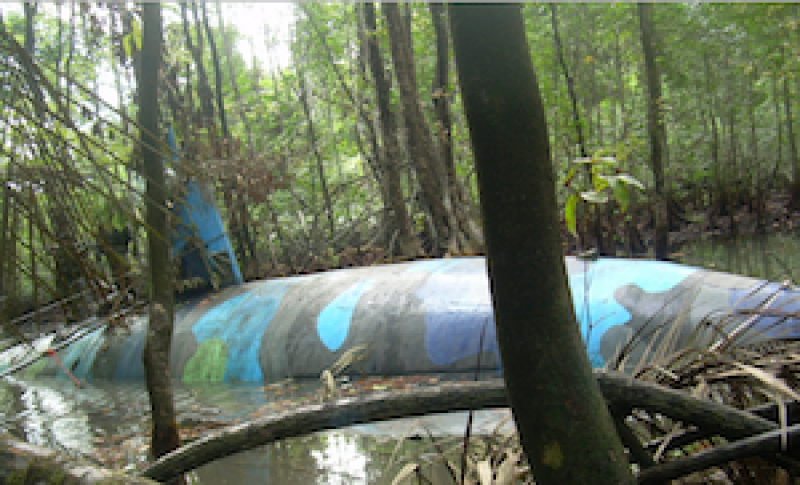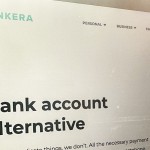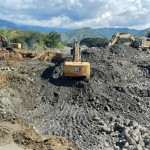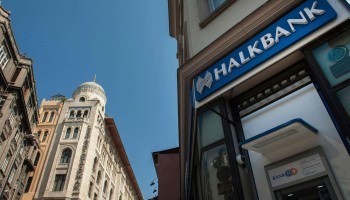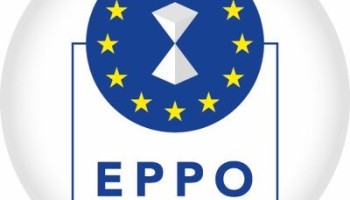A US Customs and Border Protection (CBP) aircraft first spotted the vessel on Mar. 2, the agency said in a news release. The following day the crew of the Coast Guard cutter Bertholf intercepted the vessel, arrested four suspects and seized more than 12,800 pounds (5,800 kilograms) of cocaine. The cocaine was worth at least US$ 193,000,000.
The self-propelled, semi-submersible (SPSS) vessel became unstable and sank during the operation. A video posted online shows the arrests.
The Coast Guard has intercepted five similar vessels since last June. The most recent seizure was off the coast of the Mexico-Guatemala border in January, the LA Times said.
Cocaine smuggling via homemade sea vessels is nothing new. Rudimentary low-riding vessels have been spotted since the 1990s. Often constructed in the jungles of Ecuador or Colombia out of fiberglass, the crafts now operate on battery power allowing them to fully submerse and evade infrared detection. They are often equipped with periscopes, cameras and GPS devices.
The vessels are usually manned by three to four people who have little to eat, no toilet facilities and poor air quality until they reach their destination, the US Department of Homeland Security (DHS) said.
At least 100 handcrafted submarines have been captured since the early 1990s, Deutsche Welle said. They are most likely enroute from the Andes to Central America and Mexico, from which contraband will be transported to the United States.
Authorities from 14 countries in the Americas and Europe are working together to target trafficking throughout Central American coastal waters, in a joint effort known as Operation Martillo (Hammer). Military authorities say the operation resulted in the seizure of more than 192 metric tons of cocaine between October 2014 and September 2015.
The article was corrected on March 30th to reflect that the cocaine seized was worth at least $193,000,000. OCCRP regrets the error.
